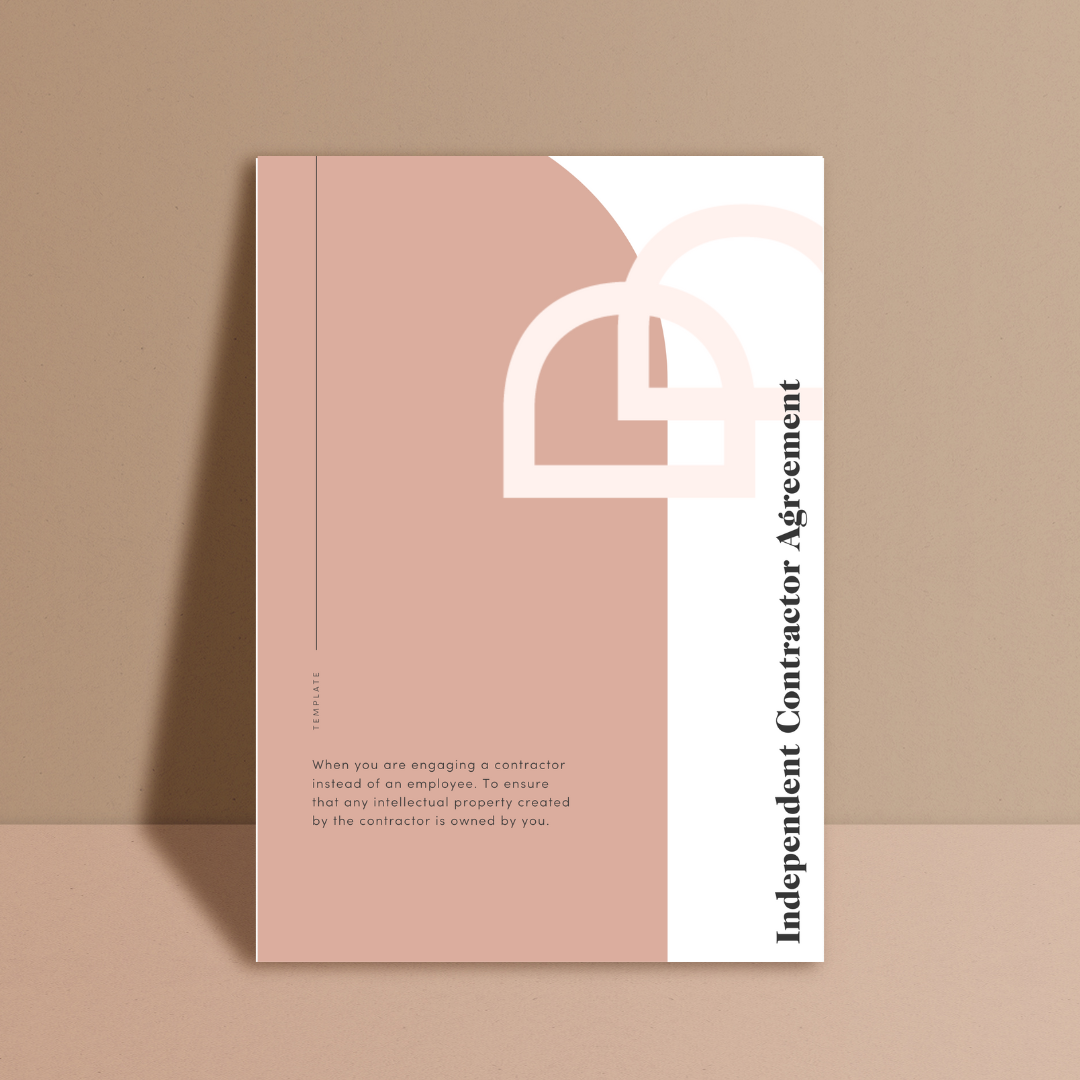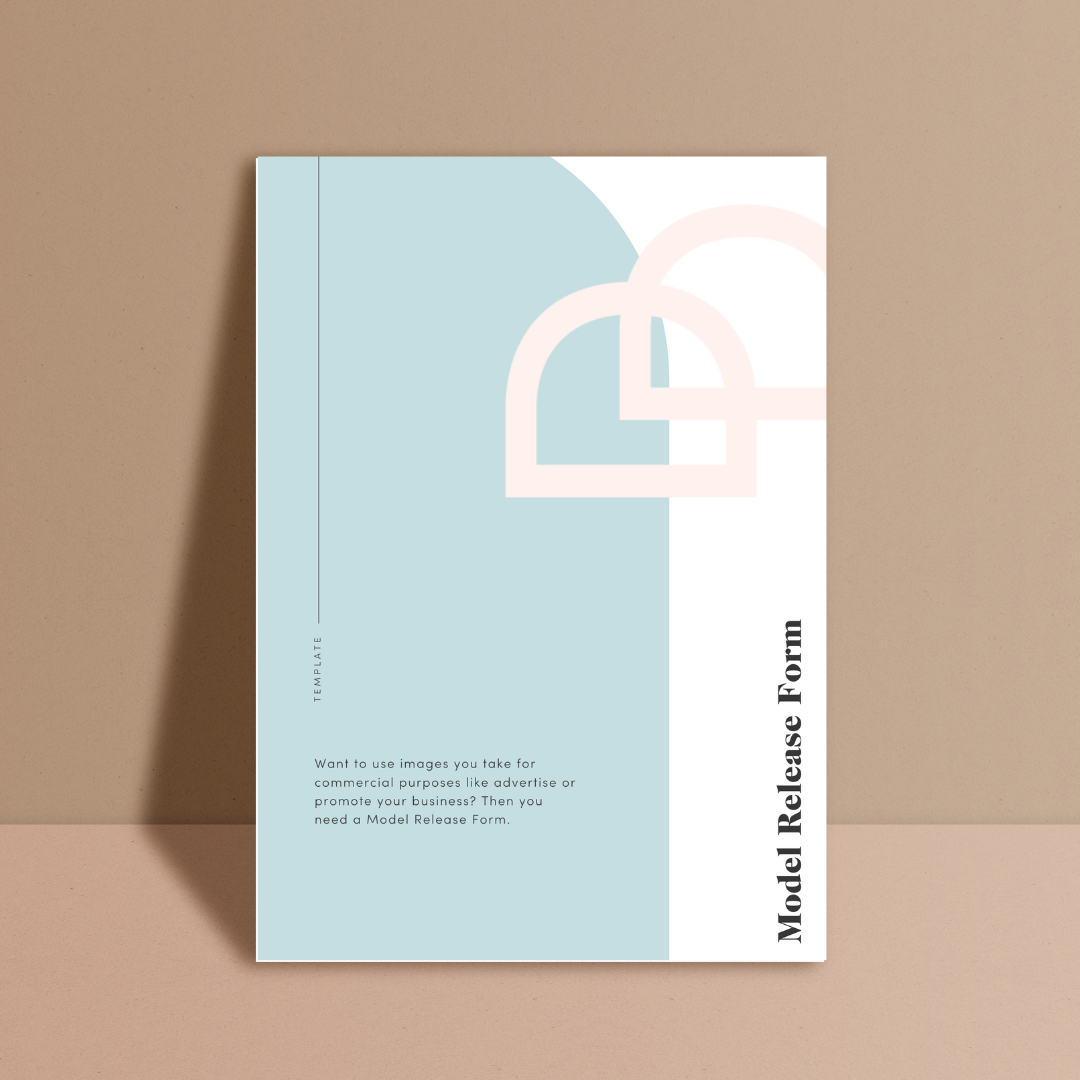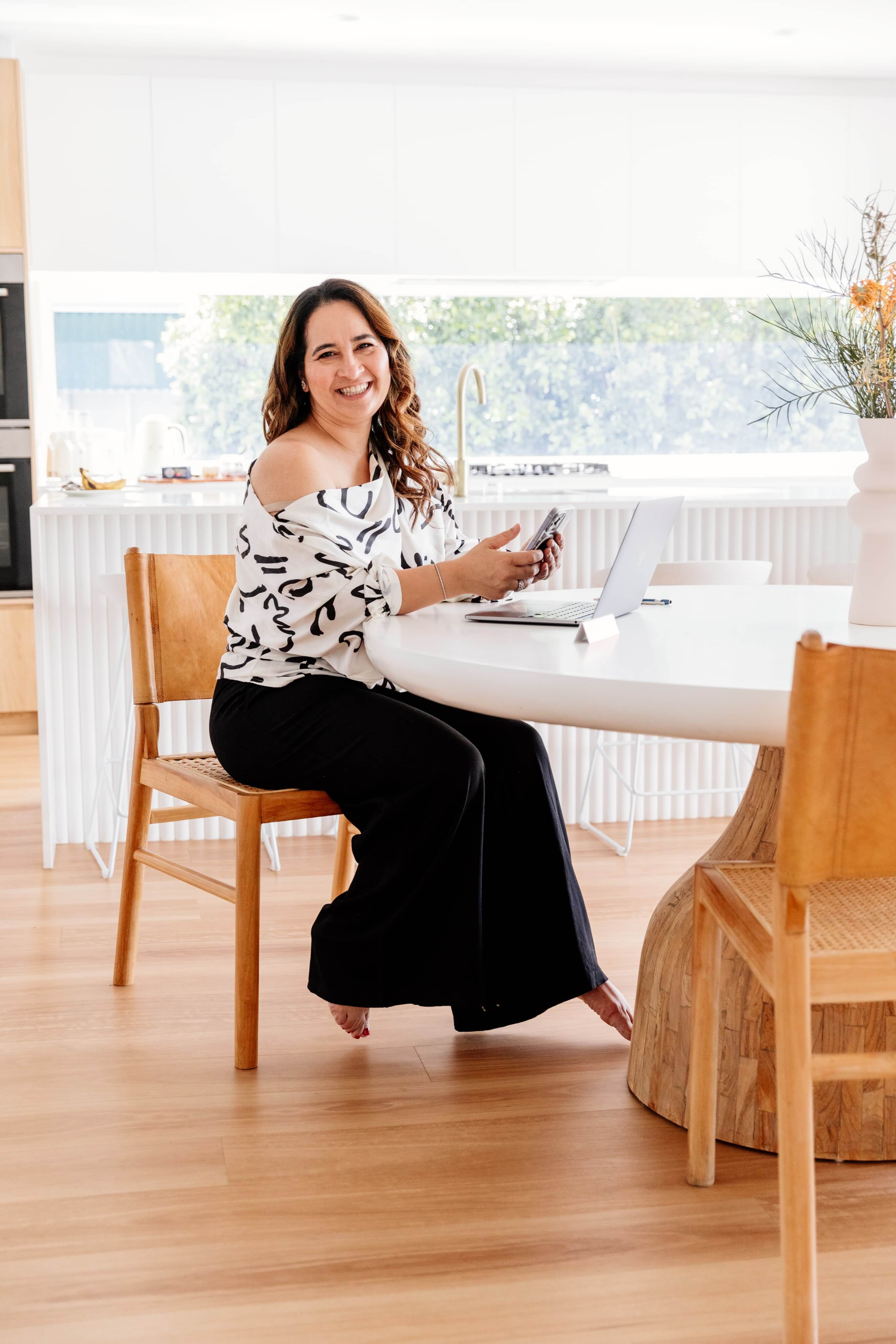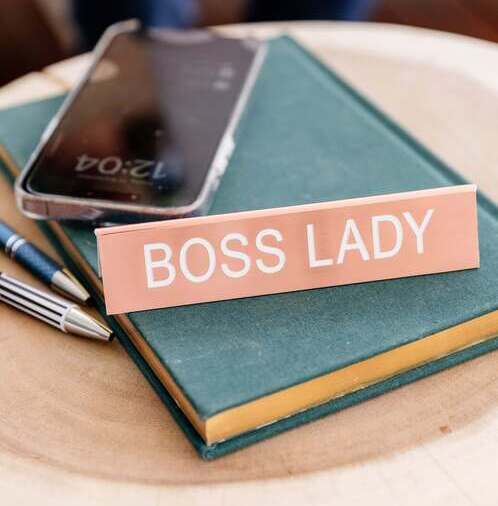Imagine this. You spend a shite tonne of time creating the perfect artwork of a character you’ve dreamt up – let's call him Percy Porcupine.
You then upload your masterpiece to your website/social media hoping to make some serious coin. Suddenly, the artwork goes viral and starts selling like hotcakes. You’re on top of the world until a few weeks later when you realise that your rainmaker Percy is plastered on someone else’s website and the silly sausage is passing him off as their own.
This freakin’ stinks.
What should you do?
Step 1: Time to embrace your inner Sherlock Holmes
First of all, compare Percy with the sneaky bugger’s version of him. Study the two pieces of artwork carefully. Is the artwork exactly the same or are the two pieces just similar?
Then, dig through the offending party’s website and get as many details as you can about when they first started using your artwork and if they have used any more of your artwork. The best defence is a great offence, as the saying goes. More on that later.
Step 2: Arm yourself with knowledge
In Australia, copyright provides you with exclusive control over the use of your artwork – drawings, illustrations, graphic design (including digital files and audio recordings), photographs and so forth. Your artwork just needs to be in digital or physical form and be connected to Australia in some way (i.e. you live here, you work for an Australian company, etc.).
You don’t need to register copyright over your artwork. It is free and automatic. But, you cannot copyright your technique (i.e. the fact that you use certain brush strokes over others) or the “look” or “feel” of your artwork.
Now remember when we asked you the question above about whether the wannabe’s piece of art was a complete copy or just somewhat similar? Here’s when that intel is useful. If somebody has completely ripped off your original artwork, has printed your images on stuff that they sell or passed off your artwork as theirs, you can definitely do something about it.
But, if the artwork is only similar to yours, the hard truth is that different people come up with the same ideas all the time... it doesn’t always constitute copyright infringement (i.e. using your work without your permission).
Step 3: Have a long hard think about what to do next
In most cases, the action you need to take is simple – send the offending party a a cease and desist letter to say that they are infringing your copyright, that it is impacting on your business (i.e. you aren’t making any cash) and that if they don’t remove your artwork from their site/social media, you will take them to court. This will make them realise that you’re serious and that it is on like Donkey Kong if they don’t comply.
If they don’t budge, you can always go down the alternative dispute resolution route or even start legal proceedings.
Step 4: Try to stop it from happening next time
Be proactive in keeping your graphic artwork safe from thieves by trying these helpful tips and tricks:
- Put a label, symbol or watermark on your work to show that you have copyright over your graphic artwork.
- Use a website like Artwork Achieve that reduces your images so that thieves/copycats cannot duplicate or copy your work.
- Ensure that it says somewhere on your website that all images are copyright protected including the copyright symbol, the year and your name.
Obviously, none of these tips and tricks are complete fixes but it does show sneaky people who is boss and help you find proof if you ever need to consult a lawyer.
Takeaways
Combating thieves or copycats is a hard thing. You have slaved over your artwork and you deserve all the recognition and profit for it.
But at the same time, you need to keep a level head on your shoulders and decide what the best course of action is.

SIGN UP TO OUR FREE BUSINESS CHECKLIST
***Disclaimer. Please read!!***
This article is for general information purposes only and should be used solely as general guidance. It does not and is not intended to represent legal advice or other professional advice.
© Foundd Legal Pty Ltd















